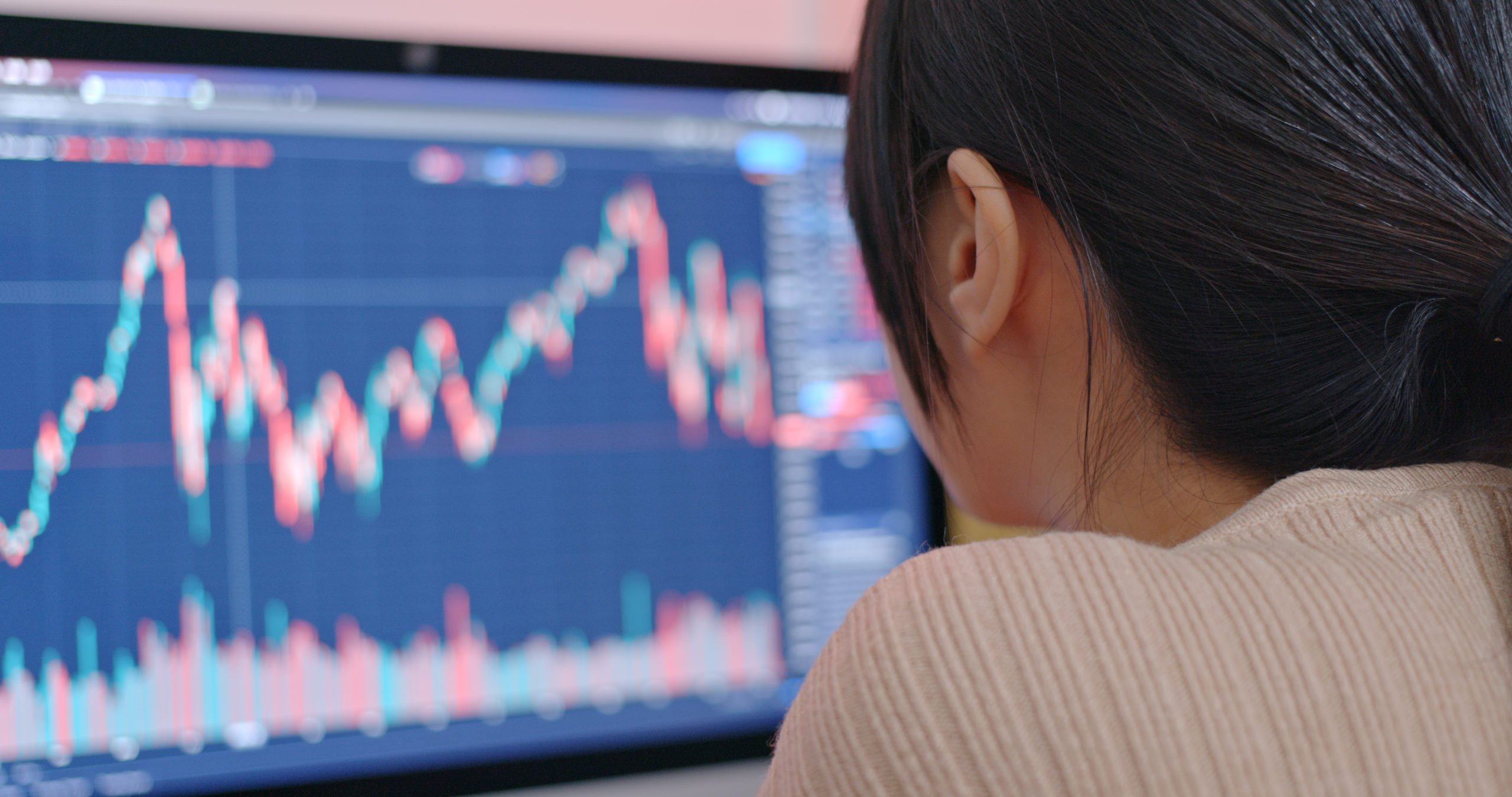- People
- Expertise
Our expertise
We are a team of more than 500 professionals, with the depth of experience which makes us genuine experts in our fields. Together, gunnercooke’s people have strength across just about every corporate discipline and sector. We provide legal, commercial and strategic advice that delivers real value to the clients we work with, which span from multinational enterprises through to unicorns and non-for-profit organisations. Our breadth of expertise covers some of the most interesting and important emerging disciplines, from ESG and charity law, to blockchain and competition.
Search by practice areaDispute ResolutionDispute Resolution OverviewMeet the Dispute Resolution TeamIntellectual Property DisputesFinancial Services & FinTech OverviewProceeds of CrimeEmployment TribunalTax InvestigationProperty Dispute ResolutionInsolvency DisputesMediationCivil Fraud & Asset TracingHealth & SafetyBusiness Crime & InvestigationsLitigation & ArbitrationInternational Arbitration - International
International Offices
The gunnercooke group has 15 main global offices across England, Scotland, the US, Germany and Austria, with further plans for growth in the coming years. These offices enhance the existing in-house capability of our dedicated international teams and dual-qualified experts that cover Spain, France, Italy, Portugal, Brazil, China, India, Poland and Hungary. Our team have clients across 123 jurisdictions, speak 46 languages and are dual-qualified in 21 jurisdictions. Our expertise means we can offer large teams to carry out complex cross-border matters for major international clients.
- Our story
Our story
gunnercooke is the fastest growing corporate law firm in the UK, now making its mark globally. We comprise a rapidly growing number of experts spanning legal and other disciplines. Clients benefit from flexible options on fees to suit their needs, access to a wider network of senior experts throughout the relationship, and legal advice which is complemented by an understanding of the commercial aspects of running a business.
- Reading Room
- News & Insights

The law is, in a very real sense, all about relationships.
Laws are written in order to establish and regulate relationships between individual and the State ( tax laws; public health law; criminal law; education; defence and security etc ) ; between businesses ( commercial contract law; agency, etc ), and between individuals ( domestic conveyancing; family law; wills and probate ).
Some of those laws have a very narrow focus indeed and are technical rather than being obviously driven by principle.
But others are driven very much by principle and with a shared sense of what a good society looks like. I have in mind international laws such as the European Convention on Human Rights (and the domestic legislation that “brought it home” to the UK, the Human Rights Act).
One of the relationships that some law currently addresses is the relationship between people (or more often businesses) and the environment. Its scope though is very limited and its effects arguably piecemeal. New laws that might offer protection to our environment emerge only grudgingly from our governments and parliament and show all the scars of the campaign of brutal resistance all too often waged by vested business interests.
Against this background, Dr. Wendy L. Schultz and Dr. Trish O’Flynn, (with the assistance of the Jigsaw Foresight Studio) were commissioned by the Law Society to scan the horizon and to map an alternative, purposeful approach which the law and lawyers might choose to take given the threat to all aspects of the environment; in their words the “network of living systems” on planet Earth. The result is their fascinating and imaginative report “Law and the Emerging Bio-Age”.
“Human capacity to create ever more powerful, more nuanced tools has evolved over the millennia, resulting in sometimes glorious, sometimes hair-raising advances in our capacity to tinker
with living systems at all scales, from the inner mechanisms of cells to entire ecologies. If we
can create synthetic life, should we? If we can tailor an animal’s genetics, should we? What are the philosophical, ethical, and legal boundaries for these capabilities – how should we formalise accountability and responsibility for our rapidly expanding capacity to transform life? “
We live in a changing world. Some of the changes we see take the form of threats to our way of life (deforestation, flooding, drought, loss of bio-diversity) others offer opportunities (social and economic). Given a readiness to embrace the fact that we are all part of a living network (individually and collectively), it describes an ambition to engage at a systemic level, [free of party politics] in a new and wide range of measures and initiatives to embrace that interconnectedness.
Its mapping process crystallised into three themes (i) New Understandings – which offers insights into the global threats and opportunities (bio-technologies and innovation) ; (ii) Second Chances – which identifies the need to correct some counter-productive behaviours and (iii) The Rights of Non-humans – exploring the utility of conferring rights on Nature and giving the concept of Nature a voice that should be heard.
If we agree on nothing else we must at least agree that we are all human beings and, hopefully, we can also agree that as a species we are dependent on the rest of Nature for our future survival.
For humans who happen to be lawyers, it proposes the exciting proposal that we acknowledge and embrace the profession’s role in this new, purposive model of law and its practice. Elements of that engagement are
- Capacity building, leadership, and nurturing well-rounded next generation lawyers who are mission led as well as legally minded – lawyers for a blue planet; Developing a professional well-roundedness as well as a sense of shared purpose, collective responsibility and commitment to be agents of change across the legal profession.
- Reframing, repositioning, and connecting the legal profession to longer as well as shorter term horizons of uncertainty and disruption, protecting time to explore longer horizons of change; and
- Reassessing impact and impact evaluation.
As the report points out –
“Innovation in services and service delivery will become a key differentiating factor and it is more important than ever for legal professionals to have access to potential future drivers, anticipate changes in client needs and the effects drivers such as the climate situation and biodiversity loss, coupled with emerging technologies, may have on how they, their clients and regulators operate.”
As the authors rightly conclude, if we are to take account of living systems, then legal frameworks need to be fit for the more-than- human future. New laws are needed as are new ways of framing those laws. Business contracts can expressly reflect these common, shared goals in ways that make sense to the particular sector and, last but not least, we can if we choose, demonstrate that, far from being reactionary, lawyers can be a force for good. I’m in.
Tim Heywood, FRSA is a partner in gunnercooke llp and a member of the Law Society’s Technology & Law Committee.
This article is not intended as legal advice nor should it be relied upon as such. Neither Gunnercooke llp nor the author accepts any liability for any loss or damage resulting from reliance on its contents. Specific legal advice should be sought on your particular circumstances.






